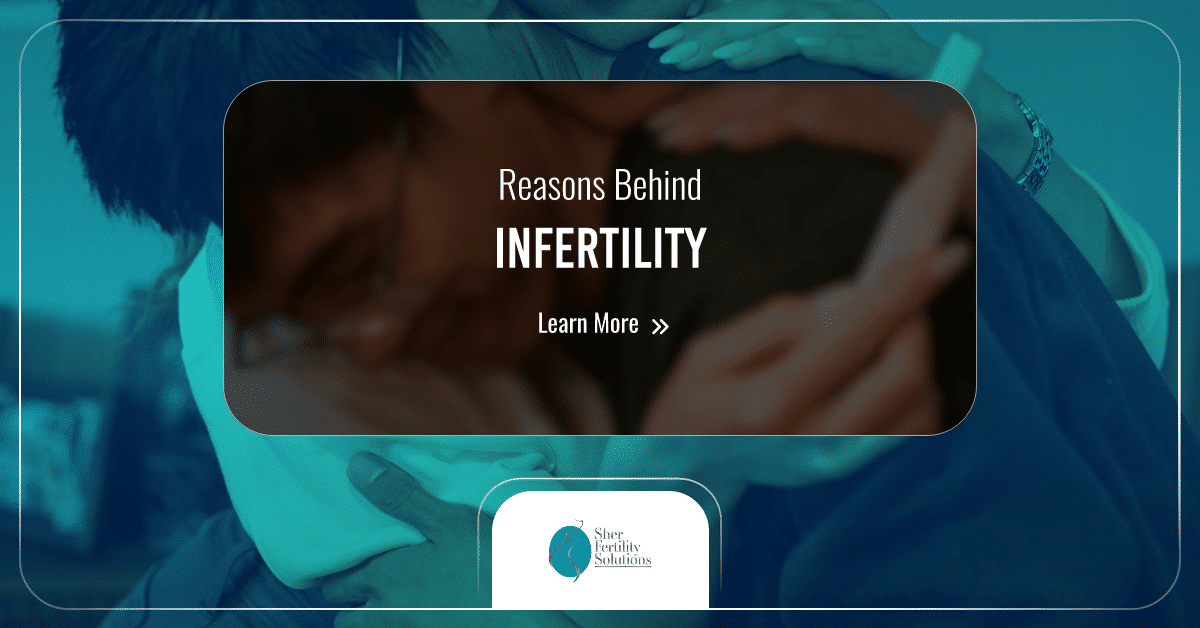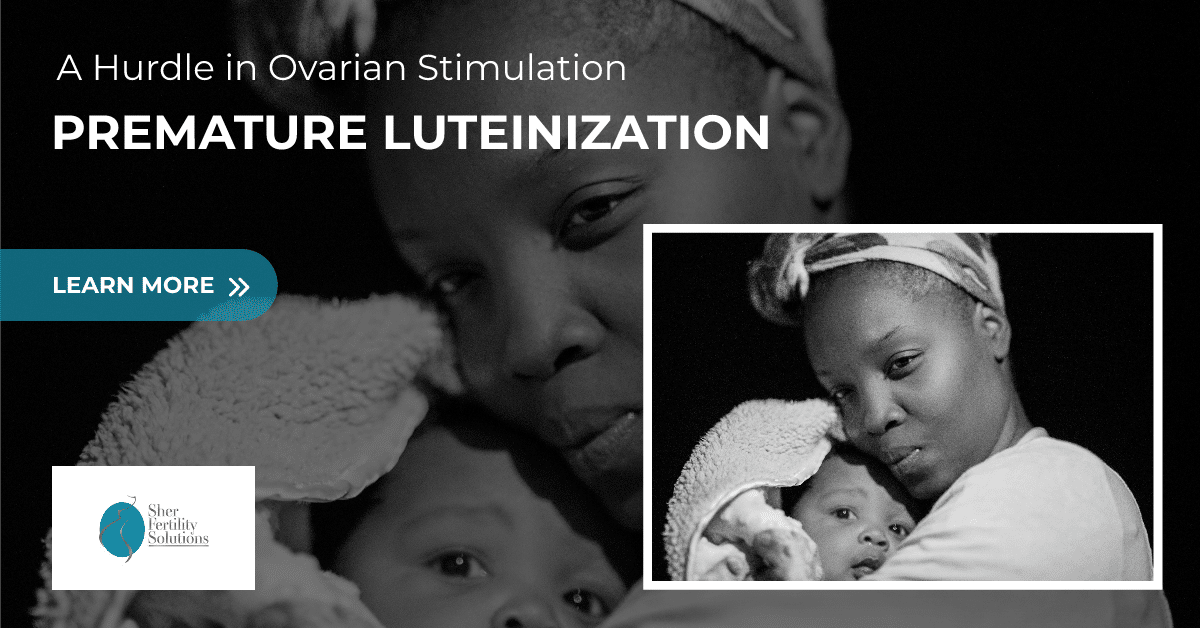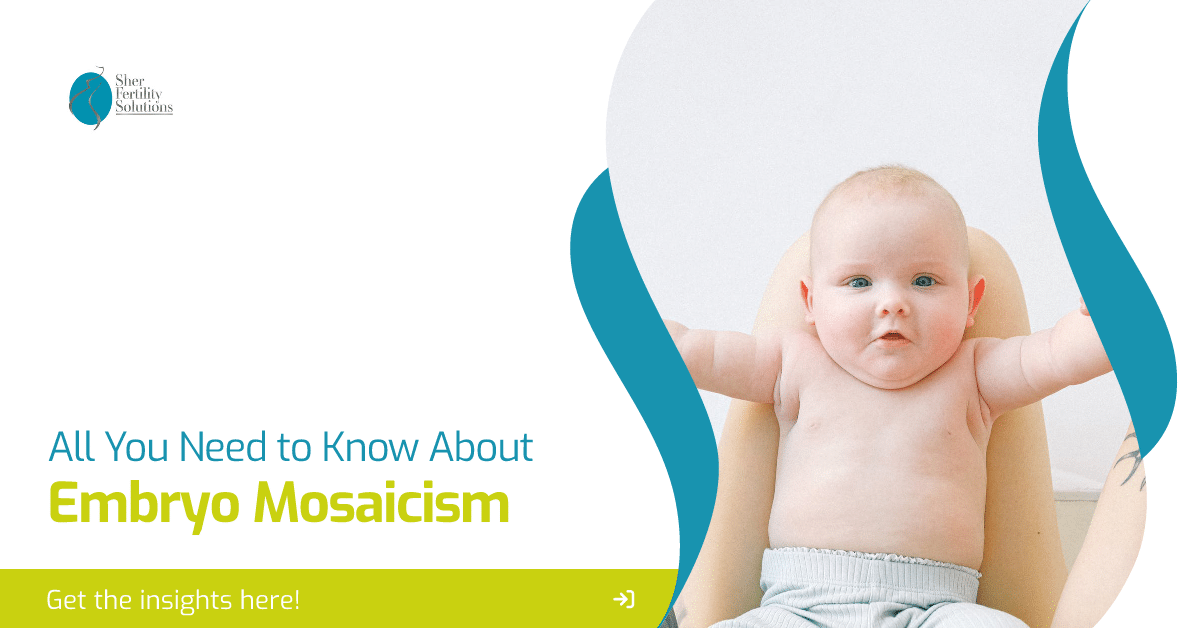It is the egg’s numerical chromosomal integrity (ploidy) that is the most influential in influencing its subsequent ability post-fertilization, to propagate a “competent” embryo (one that has 46 chromosomes and is capable of developing into a healthy pregnancy). And it is the ploidy of the embryo that determines reproductive success. Thus, egg ploidy is the rate-limiting factor in human reproduction. Ovarian reserve refers to the number of eggs remaining in the ovaries. An AMH of <2.0ng/ml or >15pmol/L, (measured any time in the cycle) and a basal (day 2,3 or 4) FSH of >9.0MIU/ml is indicative of diminishing or diminished ovarian reserve (DOR) and suggests that that a reduced number of eggs are likely to be retrieved following ovarian stimulation. Ovarian reserve itself is not a measure of egg quality but it is the woman’s age that is the main determinant of egg competency/ploidy. To put matters in perspective and by way of example, at age 30Y, about 50% of eggs have a normal number of chromosomes (euploid). At 40y it declines to about 20% and at 45y …to less than 10%. The remaining eggs will have an irregular number of chromosomes (aneuploid) and thus will invariably propagate incompetent (aneuploid) embryos which will either not implant, result in a chromosomal miscarriage or propagate chromosomal birth defects such as Down syndrome. Aside from a woman’s age, it is the protocol used for ovarian stimulation, which by establishing the environment in which eggs develop during ovarian stimulation. An adverse environment will result in a greater percentage of eggs being aneuploid. The likelihood of such an adverse effect increases with diminishing ovarian reserve. This is why it is so important to individualize the protocol used for ovarian stimulation, most particularly when it comes to older women and those who have DOR.
IVF Outcome: How Age, Ovarian Reserve and the Protocol Used for Controlled Ovarian Stimulation (COS) Influences Success

Dr. Geoffrey Sher
January 3, 2016
Ask Our Doctors
Featured Posts
- November 21, 2023
- November 17, 2023
- November 14, 2023






